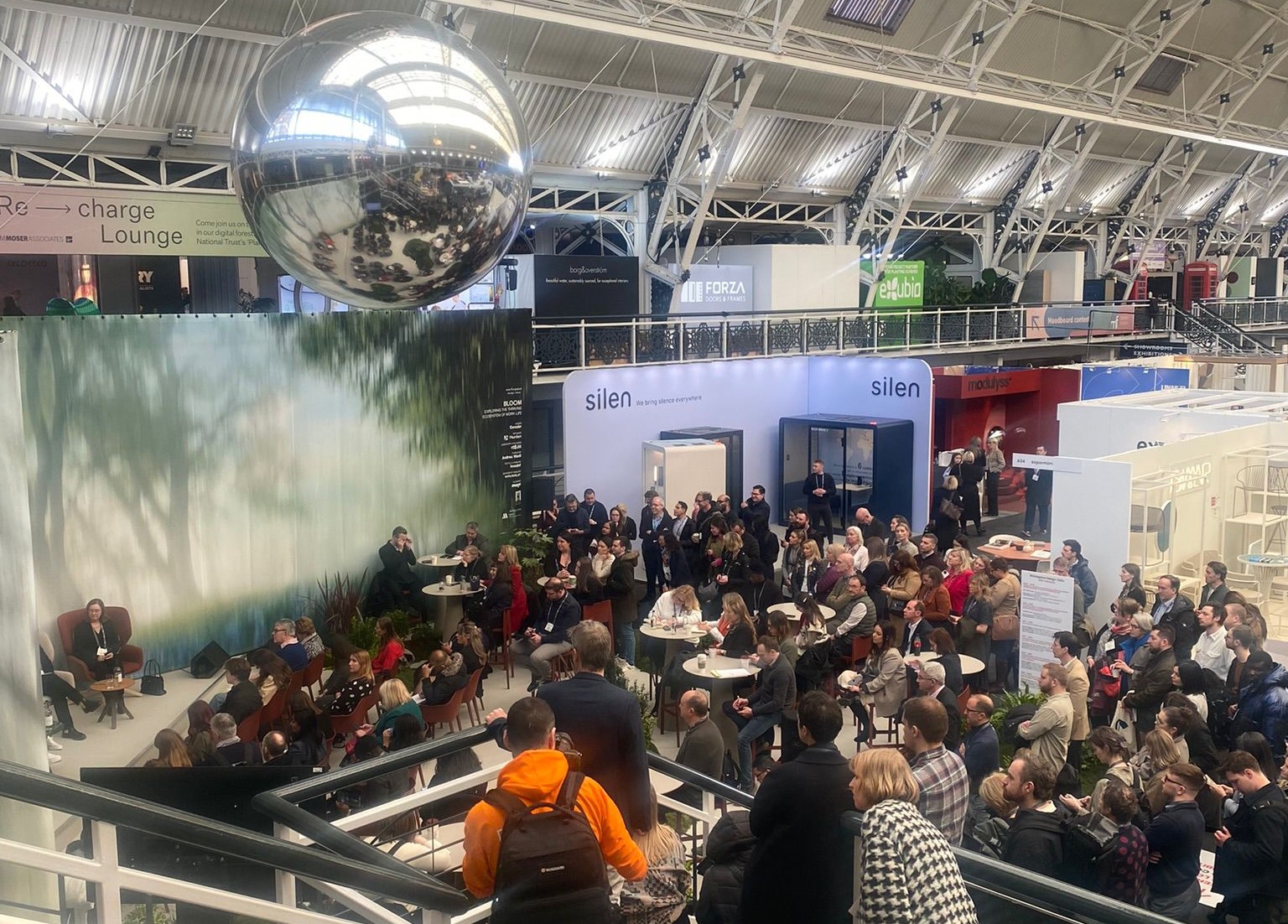
Based on the insights shared at The Workspace Design Show, we've taken a look at Workplace Trends for 2024. Key themes included the 'hotelification' of the office, data driven insights, and culture and sensory inclusion!
Overview:
The Workspace Design Show 2024 wrapped up last week, leaving attendees with a wealth of inspiration for building the future of work. This year's event focused on fostering a work environment that not only functions but flourishes.
Here are some key takeaways on the biggest trends:
1. The 'Hotelification' of the Office
Gone are the days of sterile cubicles! The modern office prioritises comfort, amenities, and a sense of place. Think ergonomic furniture, high-quality finishes, relaxation areas, and even on-site wellness options.
This "hotelification" trend reflects a shift towards workplaces that compete with the comforts of home, fostering employee well-being and engagement.
The goal? To encourage employees back to the office.
The comfort, time savings, and cost savings of working from home are hard to beat, so companies need to up their game if they want their team on site 5 days a week.
2. Data-Driven Design Decisions
Intuition is no longer enough. The show emphasised the importance of data-driven design to optimise workspaces.
Sensor technology and employee surveys can provide valuable insights on everything from space utilisation to noise levels and collaboration patterns. By leveraging this data, companies can create work environments that truly support the way their teams work best.
3. Aligning Design with Company Culture
A well-designed workspace should be an extension of a company's culture. The show highlighted the importance of aligning design choices with core values and working styles.
This might involve incorporating open spaces for collaboration in a fast-paced start-up or dedicated quiet zones for focused work in a research-oriented firm.
When design reflects culture, it fosters a sense of belonging and reinforces the company's identity.
4. Sensory Inclusive Design Takes Centre Stage
This year's show saw a welcome focus on sensory inclusive design. This approach acknowledges that people experience the world differently and aims to create workspaces that are accessible and comfortable for everyone.
Examples include adjustable lighting options, designated quiet areas, and the use of biophilic design elements like natural light and plants to reduce stress and improve well-being.
Studies have shown that exposure to nature in the workplace can reduce stress, improve mood, and enhance overall well-being, leading to higher job satisfaction and retention rates.
The takeaway?
The future of work is all about creating an ecosystem that thrives. By incorporating these trends, companies can design workspaces that are not just functional, but also inspiring, healthy, and truly representative of their unique culture.
By keeping to workplace trends, companies can also ensure they are hiring and retaining the best talent available.
Are you:
Seeking a new role in Workplace Change / Strategy / Design or looking for workplace talent to transform your workspace?
Please get in touch with our Workplace Recruitment expert Richard Barker.
